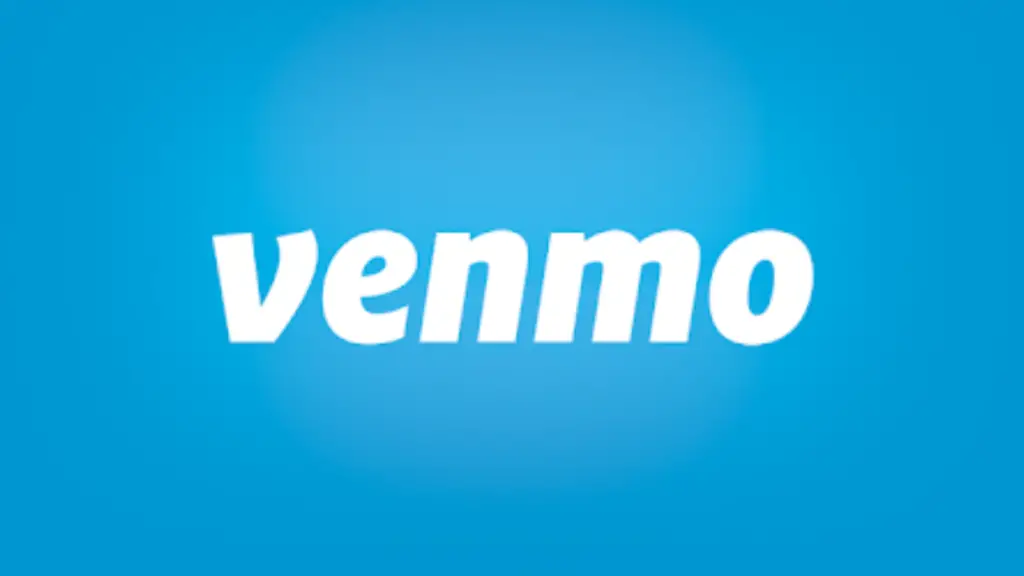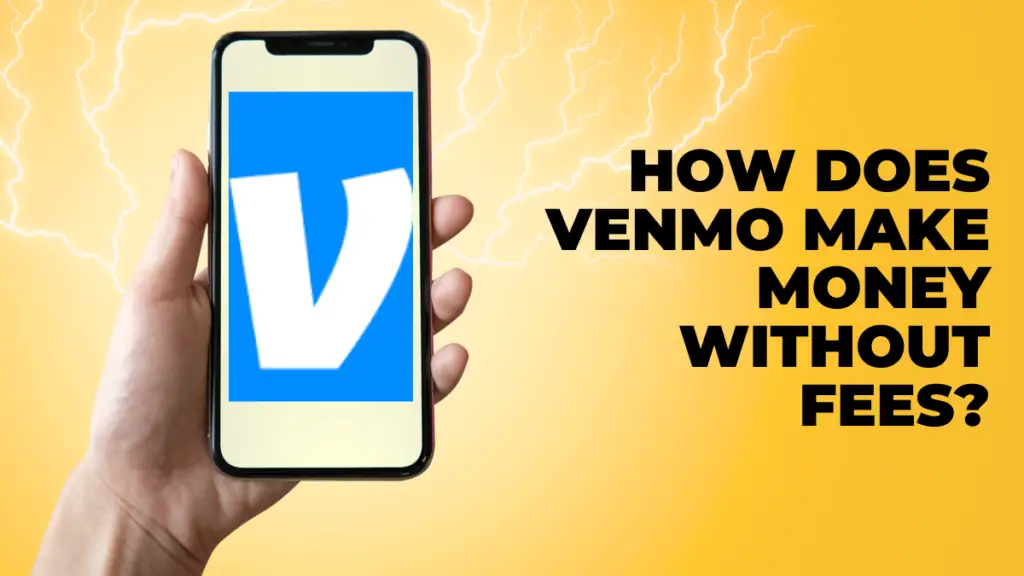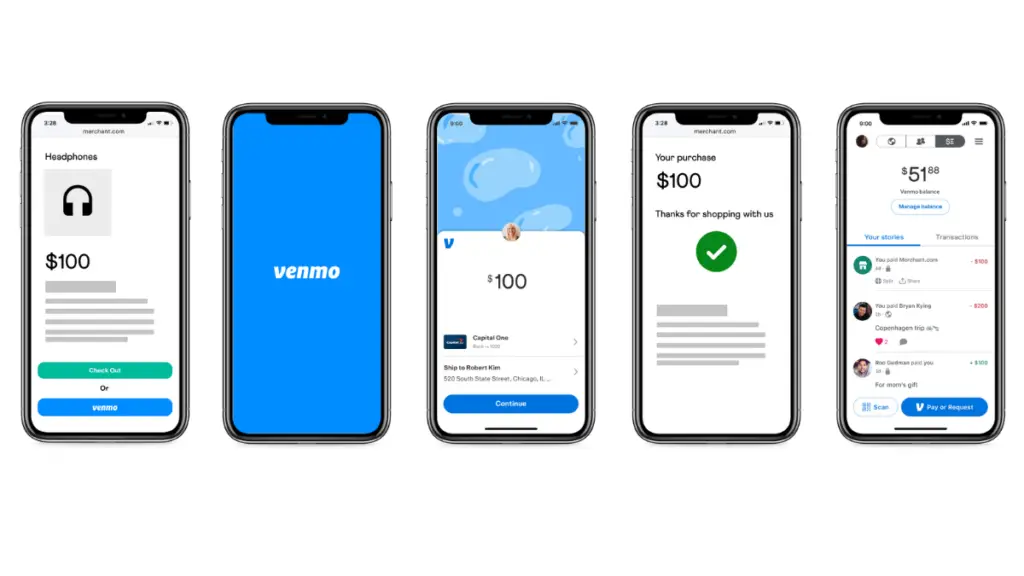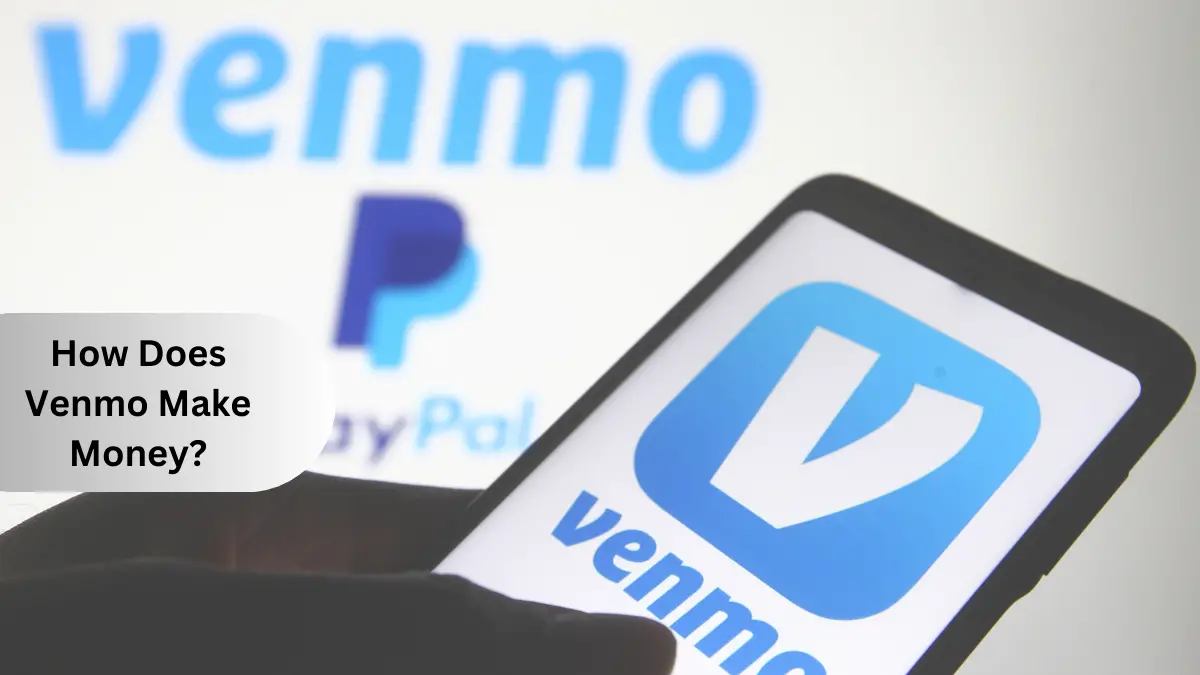In the era of digital transactions, Venmo has become a household name, offering a seamless way for users to transfer money to each other with just a few taps on their smartphones.
Additionally, Venmo Promotions offers a $10 Venmo sign-up bonus and an extra $10 Venmo referral bonus when you use a unique Venmo promo code.
However, the burning question remains: If there are no fees, how does Venmo make money? So stay with us; In this article, we’ll tell you how does Venmo make money and dive into the financial details of this popular mobile payment app. Let’s get started-
Also don’t forget to checkout the similar money transfer app Zelle and Cash App to earn some extra money.
What is Venmo?

Venmo, founded in 2009, is a mobile payment app that provides a hassle-free solution for sending money to friends and family. It was established by Iqram Magdon-Ismail and Andrew Kortina and has a user base of 60 million. Similar to its parent company, PayPal, Venmo allows users to send money without the need for physical cards.
How Does Venmo Make Money Without Fees?

Now, let’s explore the revenue model that keeps Venmo going. The app uses various strategies to generate income, and we’ll break them down one by one:
Pay with Venmo

Venmo’s “Pay with Venmo” feature enables users to make purchases from partner merchants, such as Urban Outfitters or Foot Locker, using the app. Merchants are charged 2.9% plus $0.30 per transaction, attracting businesses looking to enhance customer convenience.
Check out similar money transfer app Sendwave Promotion to get $5 by using Sendwave Referral Code
Instant Transfers
Venmo introduced instant transfers in 2019, allowing users to transfer money instantly to their linked bank accounts. A 1% fee is applied, with a minimum of $0.25 and a maximum of $10, making it an attractive option for those seeking rapid fund availability.
Interchange & Withdrawal Fees
The issuance of Venmo debit cards in 2018 opened new revenue streams. Interchange fees from merchants contribute to Venmo’s earnings. Cash withdrawals incur fees, with ATM Domestic Withdrawal Fees set at $2.50 and Over-the-Counter Withdrawal Fees at $3.00.
Cash a Check
Launched in January 2021, the “Cash a Check” service allows users to deposit checks by capturing an image and verifying with a Venmo Debit Card or Direct Deposit.
Venmo charges a 1% fee, with a minimum deposit amount of $5, providing a convenient way to access funds.
Cashback Program
Venmo cardholders enjoy cashback rewards from partner merchants, with a portion of the purchase amount refunded to their accounts.
Merchants pay Venmo a commission for customer referrals through the cashback program.
Check the easiest way to make quick cash without donating plasma from the Temu app where you can get free stuff on Temu just by playing Temu games, and inviting friends to join Temu.
Cash Interest
Venmo leverages the funds held in user accounts by lending them to institutions, earning interest in return. This interest-based revenue stream adds a layer of financial sustainability to the platform.
Transaction Fees
Venmo users typically enjoy fee-free services, with no monthly or purchase fees. However, certain scenarios may incur charges, such as:
- Out-of-network ATM withdrawals: $2.50
- Instant transfers: 1.75%
- Sending money via credit card: 3.00%
- Cryptocurrency sales: Varies Understanding these potential fees ensures users can make informed choices and minimize additional expenses.
Partnerships
Venmo’s strategic alliances with other businesses contribute significantly to its revenue stream. Partners are charged a transaction fee of 2.29% + $0.09, fostering collaboration that benefits both parties.
Additionally, Venmo offers business profiles, enabling partners to enhance their visibility and attract new customers through customized profiles integrated into users’ feeds.
Selling Transaction Data
Venmo extends its revenue sources by selling anonymized transaction data to third parties, including market research firms and advertisers. While this practice raises privacy concerns, Venmo asserts its commitment to safeguarding user personal information.
Beyond Transaction Fees: Venmo’s Additional Revenue Streams
Premium Subscription – Venmo Plus:
Venmo has introduced a premium subscription service called “Venmo Plus.” Users opting for this subscription pay a monthly fee in exchange for enhanced features.
These include instant bank transfers, a higher transaction limit, and exclusive discounts and offers. This premium service adds a layer of revenue to Venmo’s coffers.
Interest on Funds:
Venmo strategically invests the funds held in users’ accounts, leveraging them to earn interest. This interest income contributes to the overall revenue generation of the platform.
Merchant Partnerships:
Venmo collaborates with businesses, enabling them to integrate with the Venmo platform. In doing so, Venmo earns revenue through partnerships and a percentage of fees associated with merchant transactions.
Credit Card Fees:
Users who opt to use credit cards on Venmo are subject to fees. Venmo, in turn, earns a margin from these credit card transactions.
Debit Card Issuance:
Venmo issues a debit card, and the company earns revenue from this venture in multiple ways, including merchant fees.
How Much Money Does Venmo Make a Day?
Statista estimates Venmo’s transactions at over $63 billion for Q4 2022, reflecting steady growth from the previous year. Despite being privately held, available data suggests Venmo could be generating millions annually, considering its widespread user base and transaction volume.
Want to earn some extra money? Check CSl Plasma promotions to get a $100 sign-up bonus, along with a $50 CSL Plasma referral bonus and an extra CSL Plasma $700 Coupon. You can also checkout CSL Plasma Pay Chart to know more about payment details.
Does Venmo Charge a Fee for Bank Transfers?
Venmo doesn’t charge fees for standard peer-to-peer payments, bank transfers, and debit card transactions.
However, there are exceptions. Users should be aware that fees come into play in specific scenarios, such as credit card payments, instant transfers, and transactions involving merchants.
This fee structure ensures that Venmo is not entirely fee-free, but the majority of its user base enjoys cost-free transactions.
Conclusion
In conclusion, while Venmo presents itself as a user-friendly and cost-effective payment platform, it is not entirely fee-free. The details of its business model highlight a delicate balance between providing useful services to users and monetizing specific services. Venmo’s ability to adapt and diversify its revenue streams shows its adaptability in the competitive world of fintech.
FAQ
Does Venmo charge fees for standard transactions?
Venmo typically offers fee-free services for standard transactions, including peer-to-peer payments, bank transfers, and debit card transactions.
What are the fees associated with Venmo’s instant transfers?
Venmo charges a 1% fee for instant transfers, with a minimum of $0.25 and a maximum of $10.
How does Venmo make money from its cashback program?
Venmo generates revenue from its cashback program by receiving commissions from partner merchants for customer referrals.
